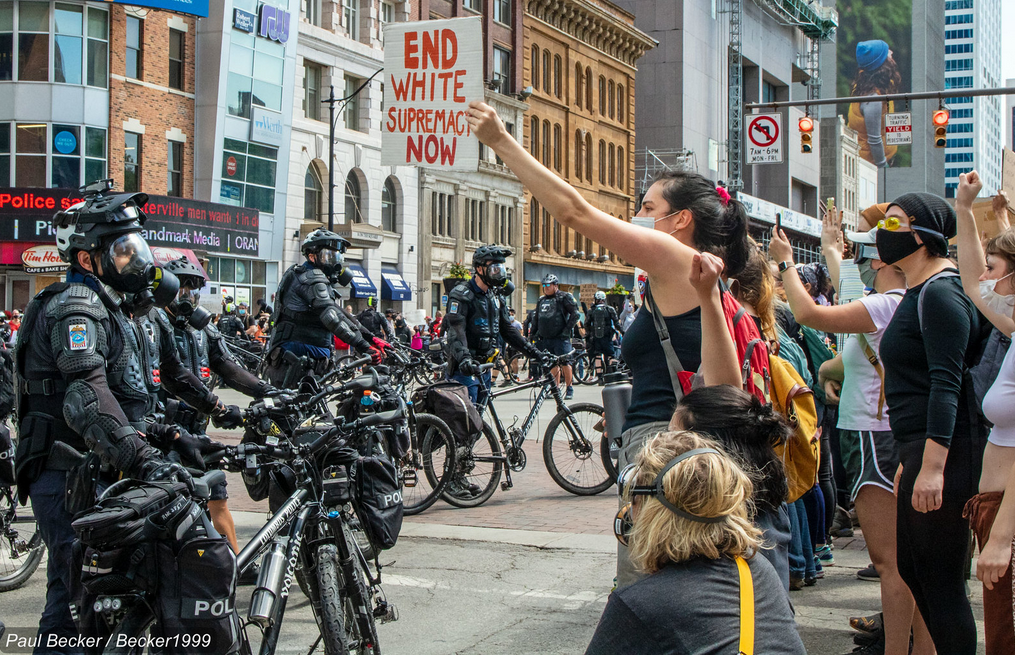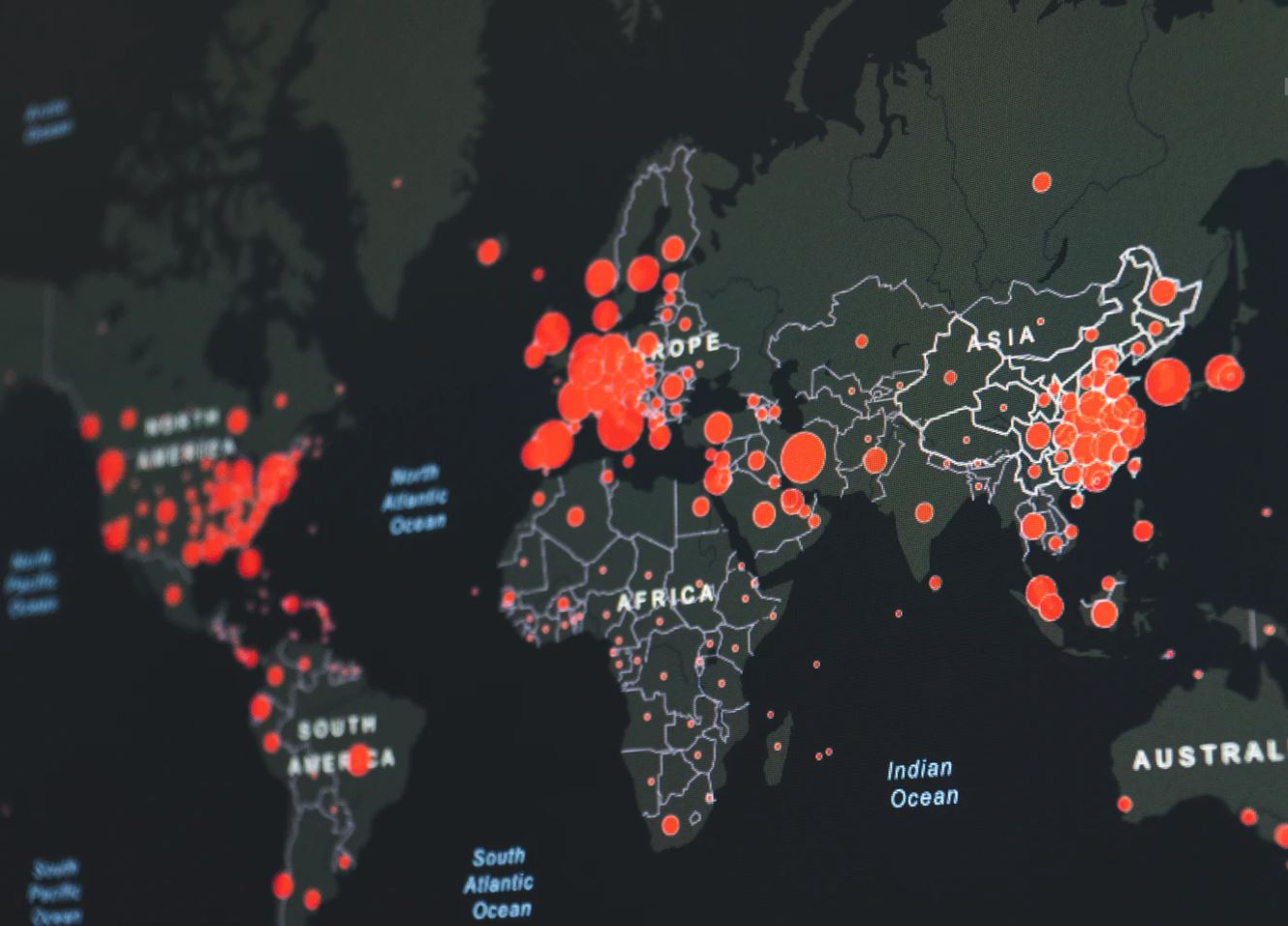Since last week, we’ve seen people stand together in 50 states and across the world, to demand justice and an end to systemic racism. The four officers involved with George Floyd’s death have been fired and charged. However, markets seem to not be taking note.
Adam Vettese, from eToro, said: “Away from the markets, mass protests over police brutality in the US continued to dominate headlines, as the civil unrest entered its eighth day yesterday. Most of the protests are peaceful but violence is escalating, with mass looting, thousands of arrests, and at least five deaths. Investors appear to be largely ignoring the protests so far, but that could change if the mass gatherings lead to a significant spike in Covid-19 cases, as the biggest risk currently facing US stocks is a second wave of the virus.”
Esty Dwek, from Natixis, said: “Markets continue to prove immune to negative headlines, as they climbed into the end of last week and were in the green yesterday as well, even as protests grapple the US and tensions between the US and China rise again.” The S&P 500 rose for a fourth straight day on Wednesday, trimming its YTD loss to just 3.3%.
Ryan Detrick, from LPL Financial, pointed out that for the last 50 trading days, the S&P 500 is now up 39.6%, making this “the best 50-day rally ever. Looking at the other largest 50-day rallies, they tend to take place at the start of new bull markets and the future returns 6- and 12-months later are quite strong”.

Keith Ellison, Attorney General of Minnesota, said he was of the opinion that people “have been cooped up for two months, and so now they’re in a different space and a different place. They’re restless. Some of them have been unemployed, some of them don’t have rent money, and they’re angry, they’re frustrated”.
Data released today shows that the number of Americans filing for unemployment benefits last week dropped below 2M for the first time since mid-March, though at 1.88 million, the figure still remains astonishingly high. So far, 42.6 million people have filed for benefit, the highest unemployment since the Great Depression.
Meanwhile, the Federal Reserve now allows smaller cities to raise funds by selling debt. Until the announcement yesterday, the Fed’s municipal bond-buying program, launched in April, only applied to cities with populations of 250,000 or more and counties with at least 500,000 residents.
The George Floyd protests against police brutality that began as local protests in the Minneapolis–Saint Paul metropolitan area of Minnesota before spreading throughout the United States and then worldwide, began on May 26, 2020, following the killing of George Floyd, in which Minneapolis Police Department officer Derek Chauvin knelt on his neck for over eight minutes—assisted by three other police—after pinning the handcuffed man to the ground during an arrest the previous day.
At least twelve major cities declared a curfew on the evening of Saturday, May 30, and as of June 2, governors in 24 states and Washington, D.C, had called in the National Guard, with over 17,000 troops activated. From the beginning of the protests to June 3, at least 11,000 people had been arrested.




